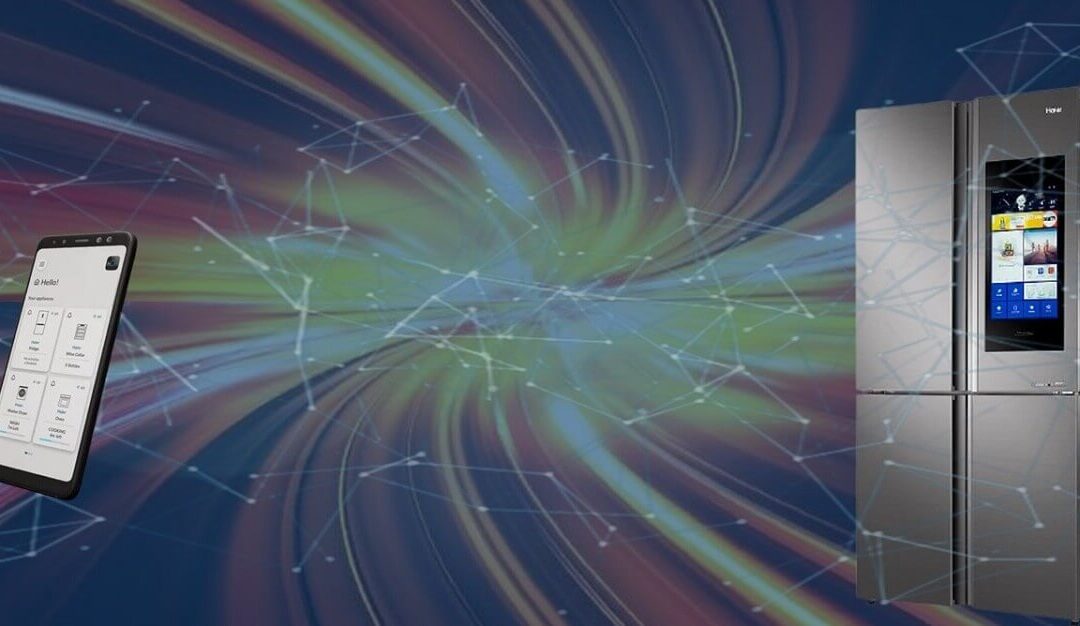In 1964 The Beatles sang “Money can’t buy me love”.
50 years on it is clear that money can’t buy loyalty either.
Businesses around the globe have spent large sums of money on loyalty programmes but very often they just don’t seem to work very well at all. Why is this?
Why some loyalty programmes don’t work
The programmes themselves don’t reward customers well enough
For example, how many air miles do you have that you can’t use because there never seem to be any seats available when you want to travel?
In fact, are your miles worth way less than when you started collecting them?
Others may say that customers are becoming increasingly demanding
Customers, particularly Millennials, it seems, do not rate the promise of future rewards any way near as highly as the immediate payoff of an instant discount.
Who hasn’t been tempted to try a new brand of coffee advertised at a special introductory price instead of our regular beans?
After all, it is human nature to seek instant gratification. What’s more, many of us love bagging a bargain almost as much as a “freebie”.
Worst of all, today’s intense competition focuses corporate minds more on acquisition than retention
Perversely, this focus on acquiring new customers creates churn by actively encouraging disloyalty.
How vexed do you feel when you see “unbeatable deals” advertised by your favourite supplier, which pointedly are “open to new customers only”?
The truth is that many loyalty programmes fail because they are introduced by hard pressed businesses looking for short term fixes.
In so doing, they overlook the fact that it takes time to build loyalty.
Indeed, loyalty itself is based on trust which a company earns by providing consistently good products and services over a sustained period of time, backed up by exceptional customer service.
How to create a successful loyalty programme
Some programmes start well because they are built on a solid, reliable and well reputed product or service.
However, sometimes they never really gain traction. Why? Because they fail to inspire, and the rewards fail to excite.
This is particularly the case where the approach centres on the company capability more than on what its customers want and need as an added incentive to stay loyal.
For example, giving away more of the product that the customer has already bought rarely works for mundane or frequently consumed products and services.
It is far better to offer more creative rewards, including from partner organisations or affiliates, that in some way offer complementary products or upgraded services.
Obviously, to be truly successful businesses do need to use their loyalty programmes to gather as much information from their customers as possible and to target interesting, relevant and tailored messages and offers.
But sadly, many are still bogged down in CRM data issues and silo mentality thinking that hamper a truly customer centric approach.
As long ago as July 2014, we outlined 5 ways to reward customer loyalty and drive lifetime customer value.
In their November 2019 article, Hubspot recommend the following these 9 steps to creating a customer loyalty program:
1. Choose a great name
2. Create a deeper connection with your customers
3. Reward a variety of customer actions
4. Offer a variety of rewards
5. Make your “points” valuable
6. Structure non-monetary rewards around your customers’ values
7. Provide multiple opportunities for customers to enrol and to redeem
8. Explore partnerships to provide even more compelling offers
9. Gamify
Why loyalty programmes remain popular
Loyalty programmes remain popular with businesses and customers alike.
For many companies such as airlines, hotels and supermarkets loyalty programmes are integral to their business models.
However, the pressures of operating such programmes in these ultra-competitive marketplaces has meant that companies have worked hard to reduce their future liabilities by adding expiry dates and other limitations to the rewards on offer.
Additionally, many businesses give customers the opportunity to part pay in cash and rewards. This enables consumers to redeem rewards more quickly.
At the same time, businesses are able to offset some of the costs of the rewards through the cash contributions received from customers who may not otherwise have made additional, discretionary purchases.
This a “win: win” for both customers and businesses.
So, whilst it is true that loyalty cannot be bought, it is equally true that it can be earned.
When built on top of high-quality products and exceptional customer experience, loyalty programmes remain a vital tool in retaining customers for longer.
Loyalty, once earned, pays back in a currency that all businesses can measure – repeat purchases, lifetime customer value, customer advocacy and brand equity.
Today more than ever customer loyalty is a precious and priceless asset. Just don’t skimp on your long-term investment in this key area.





